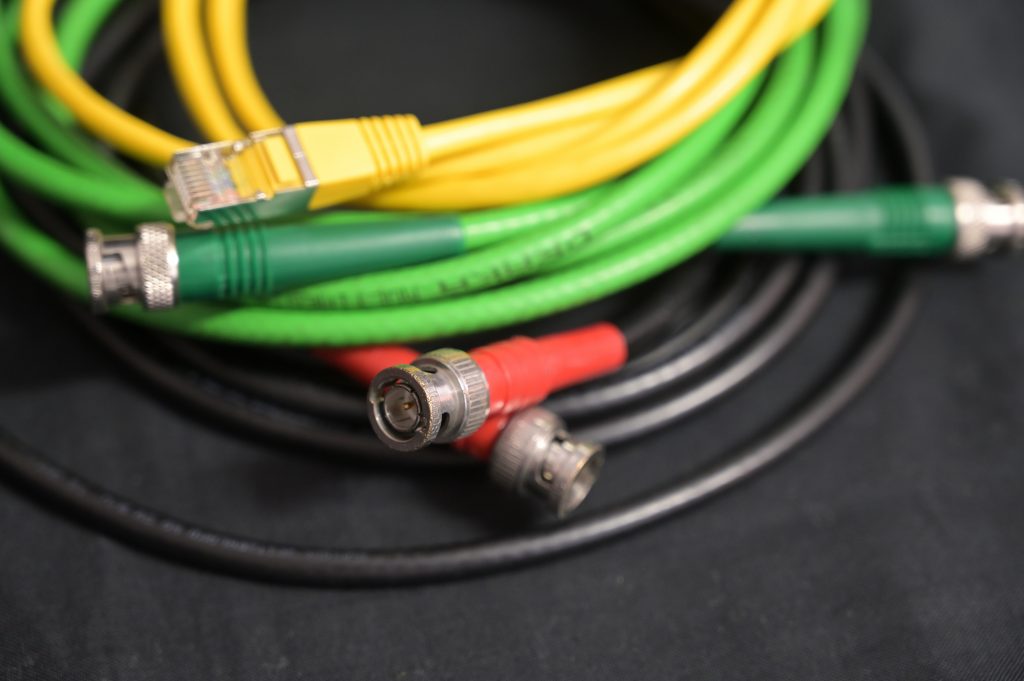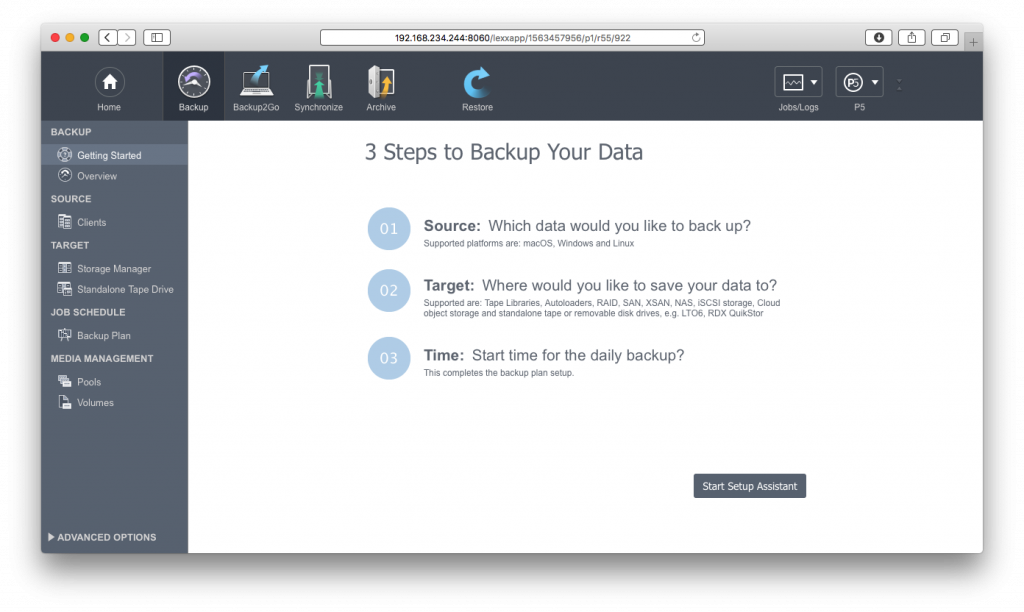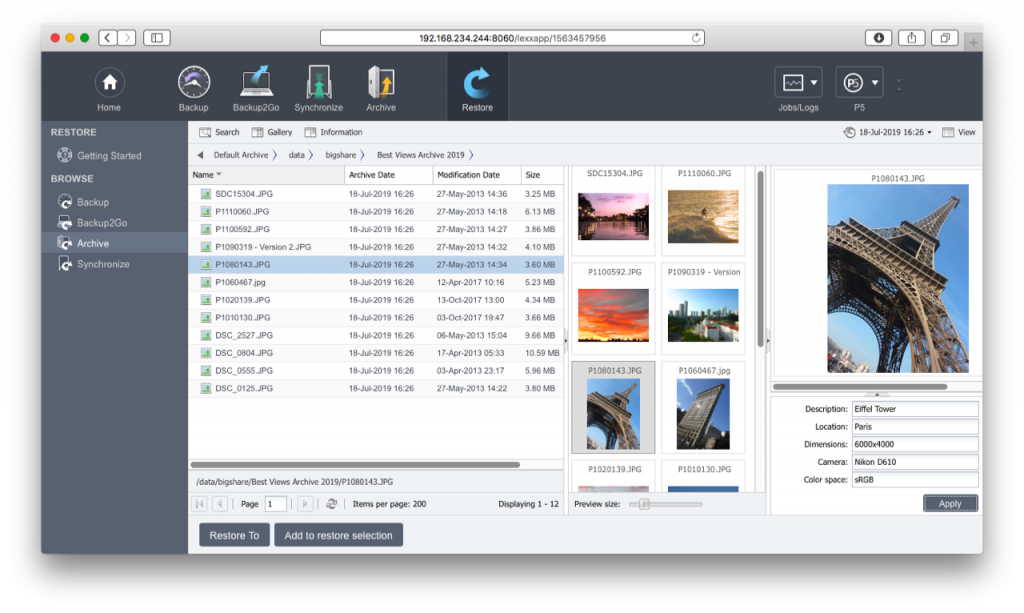
Optimizing production workflow can be done in multiple ways. Video production generates data—lots of data. These data has to be managed when flowing through different stages and kept safe along the way.
There are several mechanisms to keep video data safe in all stages of the workflow.
In this article, we’ll discuss the core principles to boost ROI in video production workflow:
- Protect
- Automate
- Simplify
- Document
Protect
Securing the data that are ingested and processed is the foundation of all other steps. Any storage is only as good as the Backup that protects it because this is the safety net if something goes wrong. Files can be invaluable and impossible or extremely costly to recreate.

Automate
In a modernised video production workflow, as many steps as possible should be automated. Manual processes are prone to errors, especially or skipped entirely under time pressure. Data protection needs to be automated to serve as a reliable foundation. Archiware P5 offers automatic replication, backup and archive.
Cloning/Replication for time-critical data
If a number of co-workers depend on shared storage, keeping this file set available is critical. Replicating the primary storage to secondary storage is the easiest way to do this.
If something happens to the storage or a set of files, the complete file set is available immediately on the secondary storage. With P5 Synchronize, the replication can run automatically using a schedule or interval. The interval limits the amount of work that may be lost in case something major happens.
The interval is called RPO or Recovery Point Objective. How long it takes to recover data is called RTO or Recovery Time Objective.

ROI of the Archive
As soon as all finalised files and productions migrate to the Archive, it becomes the single source of truth. This is now the only place to look for previous productions and files, saving countless hours of searching on multiple locations and devices.
For returning customers, this creates reliability and options for re-use and referencing. Additionally, it opens opportunities for monetisation of existing media. The ROI of the Archive: By saving space on the costly production storage, the Archive pays off in the long run.
Simplify
All workflow steps should be kept as simple as possible. This reduces the error rate and the danger of losing files. The most efficient container and codec combination is the one that is kept through the complete workflow (or at least most steps).
This might not always be possible, but simplification is king when it comes to codecs. Transcoding takes time and can degrade quality considerably.
Naming conventions
Keeping naming conventions consistent is extremely important for finding the right files later. Some metadata can be put into the file name so that it already says a lot about the file. The big advantage of a powerful naming convention is that it travels across operating systems and production tools and even to the long-term archive. A detailed example of a naming scheme is presented in the ebook.
Documentation
The person who builds the workflow has usually put in lots of thought and reasoning into it. But when someone new joins the production team, they need to have a reference that is independent of the availability of an admin or trainer.
The same goes for someone that has not used a specific part of the workflow and needs to do so now. This is why clear documentation of the workflow and also the restore from Backup and Archive is so important.
Off-site storage
Maximum security calls for an off-site copy of all important files. There are three main options to achieve this:
- Cloning to a remote site, like P5 Synchronize offers
- Cloning tape sets and storing a duplicate off-site
- Using cloud storage
Testing
The safety net of production is the Backup or replication of the production files. If a file gets deleted or is lost, the restore needs to fill the gap. Since multiple storage devices and processes need to work together, testing the restore regularly is necessary to make sure that the complete chain works as expected.

Choosing the most economic storage medium
Different kinds of files might have different storage requirements. Where time-critical data needs fast RAID storage, the long-term Archive might be served best with LTO Tape. Having a look at the total cost of ownership (TCO) over several years might help to decide.
Read more: 4 Criteria to Choose the Right LTO Tape, Build an Archive & Save Money Along the Way
Boosting ROI through a modernised video production workflow needs core principles and criteria applied. Each device and step has an influence on the total ROI. Therefore, details matter and are important. Keeping data safe is the foundation to build any optimisation on.

